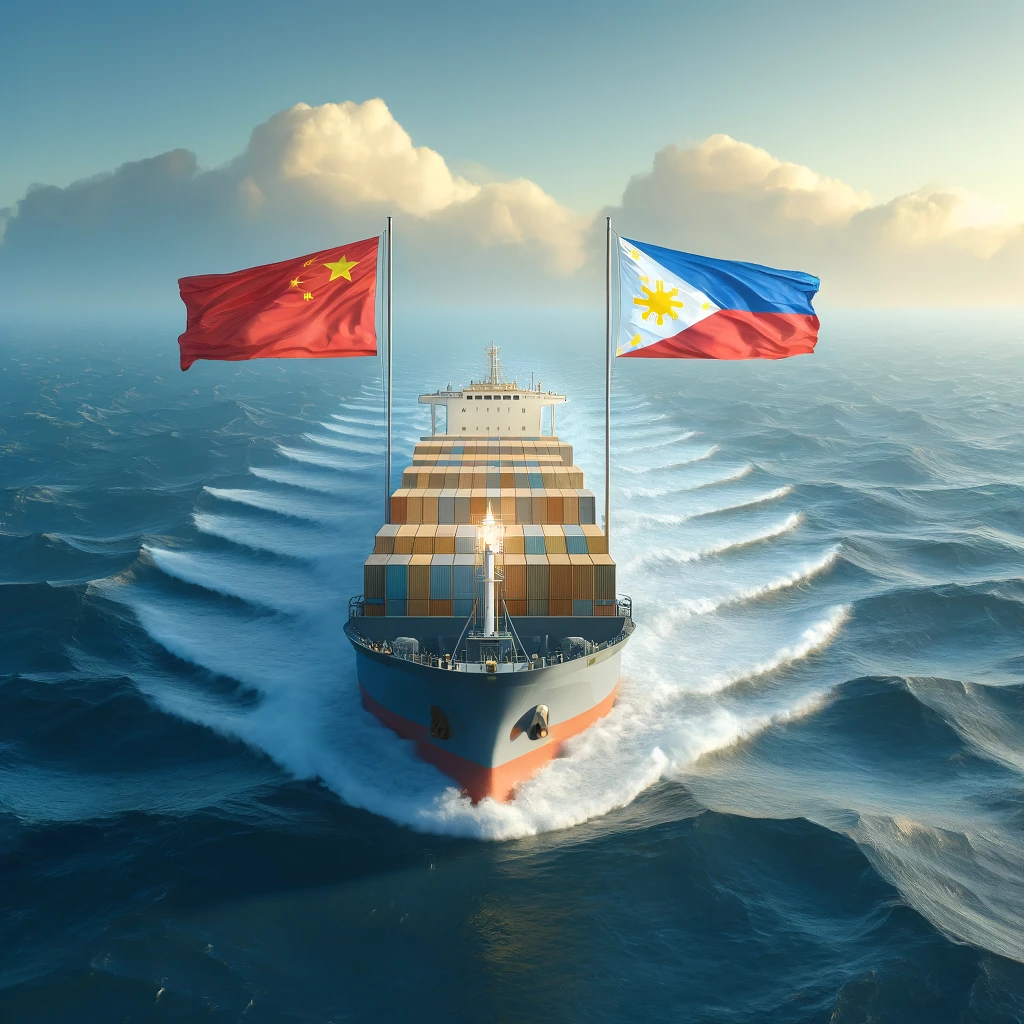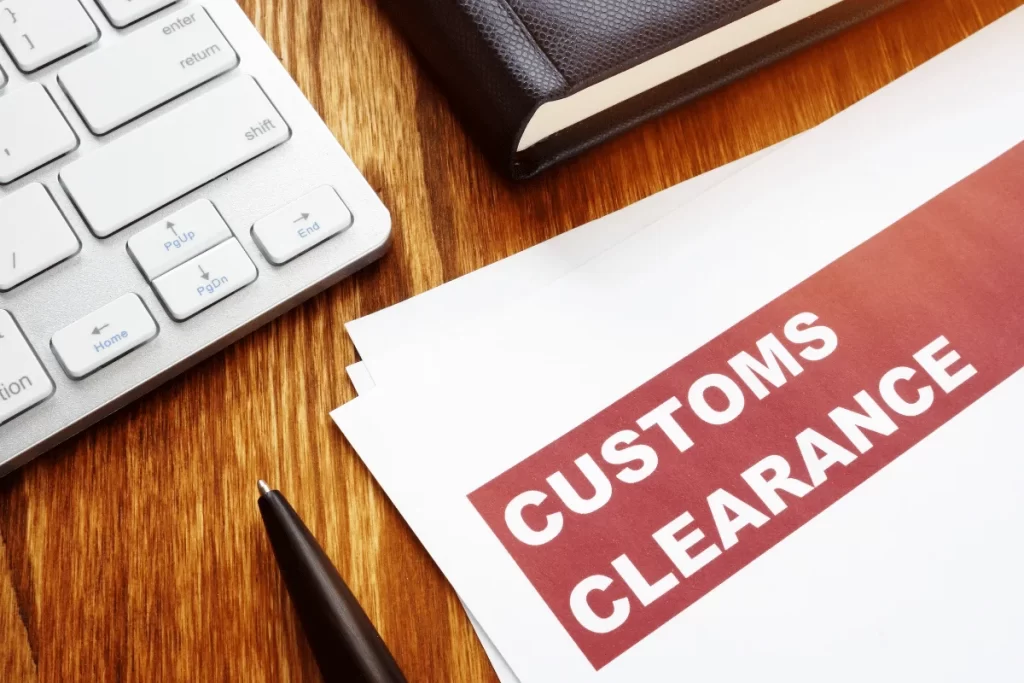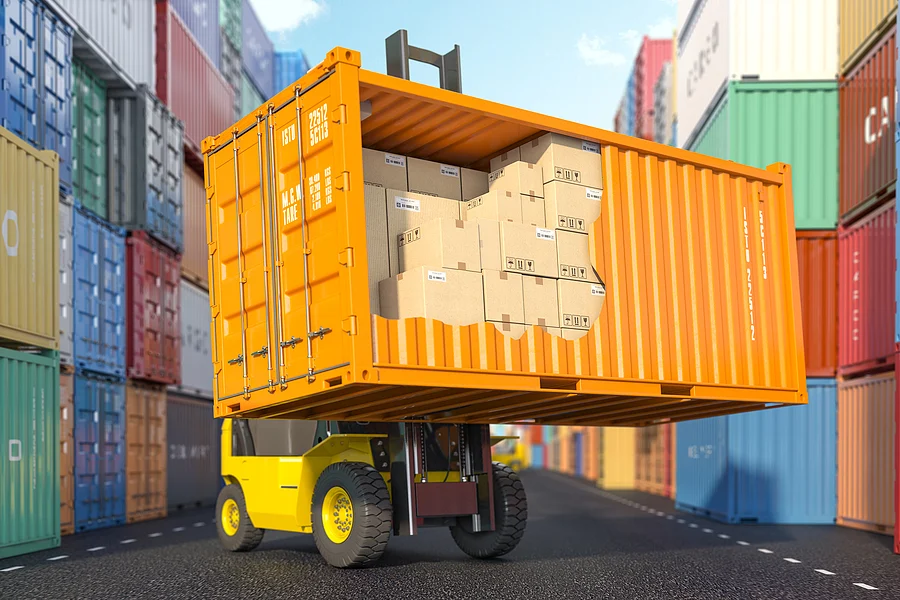- By TOP CHINA FREIGHT
- September 8, 2025
- Shipping
Table of Contents
Choosing the right forwarder from China to Philippines can make the difference between smooth deliveries and costly delays. However, many importers struggle with fluctuating freight costs, long transit times, and complex customs procedures. This guide explains shipping methods, costs, required documents, and practical strategies so you can partner with the right forwarder and ensure efficient cross-border logistics.

Why use a forwarder from China to Philippines?
By working with professionals, importers benefit from expertise in customs, access to multiple carriers, and cost-efficient solutions.
Moreover, forwarders offer flexible options including sea freight, air freight, and door-to-door delivery. They also provide consolidation services for smaller shipments, helping businesses avoid high LCL charges. Therefore, selecting the right forwarder from China to Philippines is essential for saving costs and reducing risk.
What are the main shipping methods available?

Importers can choose different transport modes depending on urgency and cargo size.
| Shipping Method | Average Cost | Transit Time | Best For | Pros | Cons |
|---|---|---|---|---|---|
| Sea Freight (FCL) | $1,000 – $2,000 per 20ft | 7–12 days | Bulk, large shipments | Cheapest per CBM, secure | Longer lead time |
| Sea Freight (LCL) | $80 – $120 per CBM | 10–15 days | Small volumes | Flexible, pay for space used | Longer handling |
| Air Freight | $4 – $7 per kg | 1–3 days | Urgent, high-value cargo | Fast, reliable | Expensive |
| Courier | $6 – $12 per kg | 2–5 days | Small parcels | Door-to-door, simple | Costly for bulk cargo |
How much does it cost to ship from China to the Philippines?
Costs depend on the type of cargo, shipping method, and destination port in the Philippines.
| Container Type | Average Cost (USD) | Capacity | Notes |
|---|---|---|---|
| 20ft FCL | $1,000 – $2,000 | 28 CBM | Ideal for SMEs |
| 40ft FCL | $1,800 – $3,500 | 58 CBM | Best for bulk cargo |
| LCL (per CBM) | $80 – $120 | Varies | For <15 CBM loads |
| Air Freight | $4 – $7 per kg | 50–500 kg | Urgent shipments |
Additionally, importers must budget for customs duties, taxes (VAT), and domestic delivery fees within the Philippines.
What is the transit time from China to the Philippines?
Transit time varies depending on the chosen shipping method.
| Route/Method | Transit Time | Notes |
|---|---|---|
| Sea Freight (Shanghai to Manila) | 7–9 days | Most common trade lane |
| Sea Freight (Guangzhou to Cebu) | 8–12 days | Slightly longer |
| Air Freight (Beijing to Manila) | 1–2 days | Fastest option |
| Courier Services | 2–5 days | Includes customs handling |
While sea freight is slower, it offers the best balance of cost and reliability.
Which factors affect shipping costs?
Several factors influence shipping rates between China and the Philippines:
1.Fuel surcharges
Rising oil prices increase freight charges.
2.Peak seasons
Costs rise before holidays and Chinese New Year.
3.Port congestion
Busy ports like Manila may cause delays.
4.Customs duties
Import taxes vary by product category.
5.Container availability
Shortages may drive up rates.
Therefore, importers should book early and work with an experienced forwarder to secure stable prices.
How does a forwarder simplify customs clearance?

Customs clearance is one of the most complex stages of shipping. A forwarder ensures compliance with local laws and prepares all required paperwork.
| Document Required | Purpose |
|---|---|
| Bill of Lading | Proof of cargo ownership |
| Commercial Invoice | Declares value of goods |
| Packing List | Details cargo contents |
| Import Permit | Required for restricted goods |
| Certificate of Origin | Confirms production country |
Additionally, forwarders liaise with customs brokers, reducing delays and avoiding penalties for incorrect filings.
How to reduce logistics costs with a forwarder?
Combining shipments with others lowers per-unit costs
Forwarders select ports and carriers with better rates
Regular shipments secure preferential pricing
Avoids fines and delays
Bundled services often reduce hidden charges
Case Study: Reducing costs with LCL consolidation

A mid-sized retailer in Davao imported electronics from Shenzhen using air freight. The high cost significantly reduced their profit margins. By switching to LCL sea freight through a forwarder from China to Philippines, they cut shipping expenses by 40%.
Additionally, the forwarder provided warehouse consolidation, allowing them to combine multiple suppliers into a single shipment. Although transit was slightly longer, better planning ensured products arrived in time for seasonal sales.
What are the pros and cons of sea vs air vs courier shipping?
| Factor | Sea Freight | Air Freight | Courier |
|---|---|---|---|
| Cost | Lowest per CBM | Highest per kg | Moderate-high |
| Speed | 7–15 days | 1–3 days | 2–5 days |
| Best Cargo | Bulk, heavy | High-value, urgent | Small parcels |
| Reliability | Affected by port congestion | Very reliable | Reliable but costly |
| Environmental Impact | Lower emissions per unit | Higher emissions | Moderate |
Therefore, companies should choose based on urgency, cargo size, and budget.
Should small businesses use a forwarder from China to Philippines?
Yes, forwarders are particularly valuable for small businesses. They assist with LCL shipments, handle customs clearance, and manage last-mile delivery. Without a forwarder, small importers often face higher costs, delays, and compliance risks.
Additionally, forwarders offer flexible solutions such as warehouse storage, consolidation, and even e-commerce fulfillment, helping small businesses scale efficiently.
Conclusion
Choosing the right forwarder from China to Philippines is essential for reducing shipping costs, ensuring compliance, and maintaining smooth supply chains. While sea freight remains the most cost-effective method, air freight and courier services are suitable for urgent or small deliveries. Importers can further reduce costs by consolidating cargo, planning ahead, and leveraging a forwarder’s expertise in customs and documentation. Ultimately, a forwarder helps businesses strike the right balance between affordability and reliability.
Need a Shipping Quote?
If you want expert guidance and peace of mind, our team is ready to assist.
TJ China Freight offers tailored solutions to help businesses of all sizes ship more reliably from China.

FAQs
Q1:Can I track my shipment in real time?
Yes, most forwarders provide online tracking for vessels, flights, and customs status.
Q2:What mistakes should importers avoid?
Choosing only by cost, ignoring experience, or overlooking hidden fees can cause delays.
Q3:Can shipments from multiple suppliers be consolidated?
Yes, forwarders can combine multiple suppliers’ cargo into one shipment for cost savings.
Q4:Do forwarders offer cargo insurance?
Most forwarders provide insurance to protect goods from loss, damage, or theft during transit.
Q5:How can I avoid hidden charges?
Request detailed quotations and clarify all fees including customs, delivery, and terminal charges.
